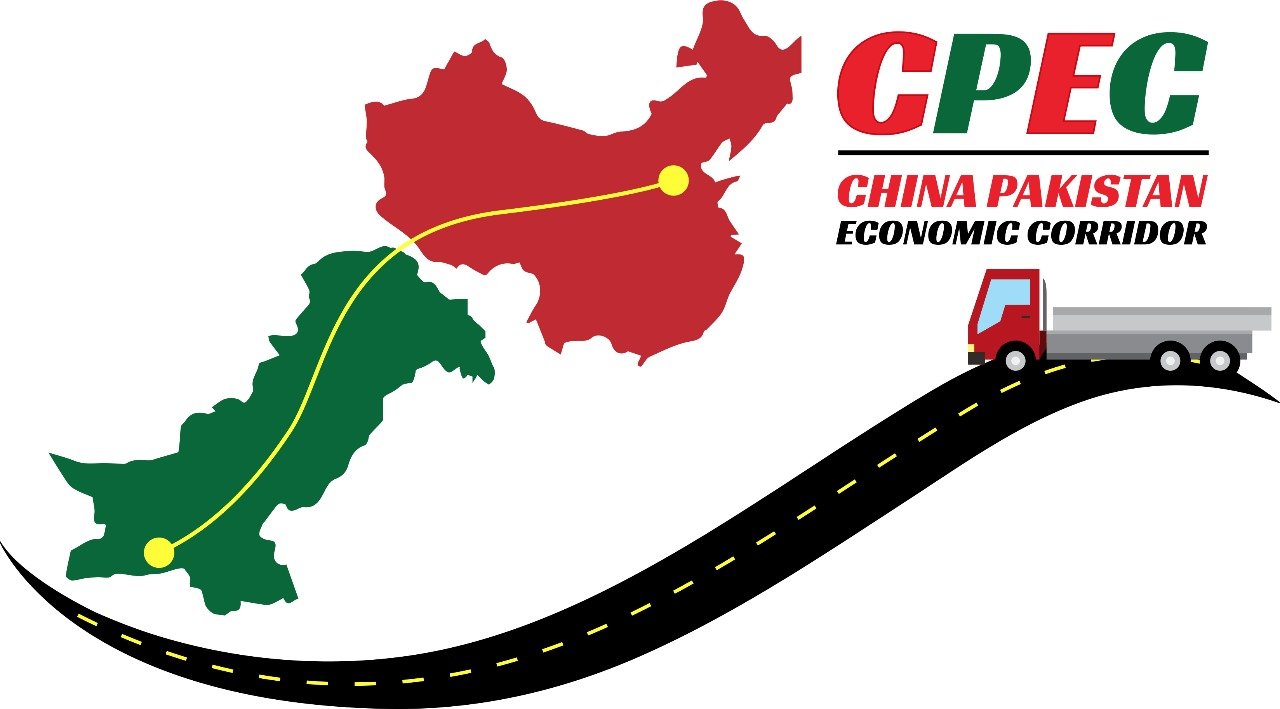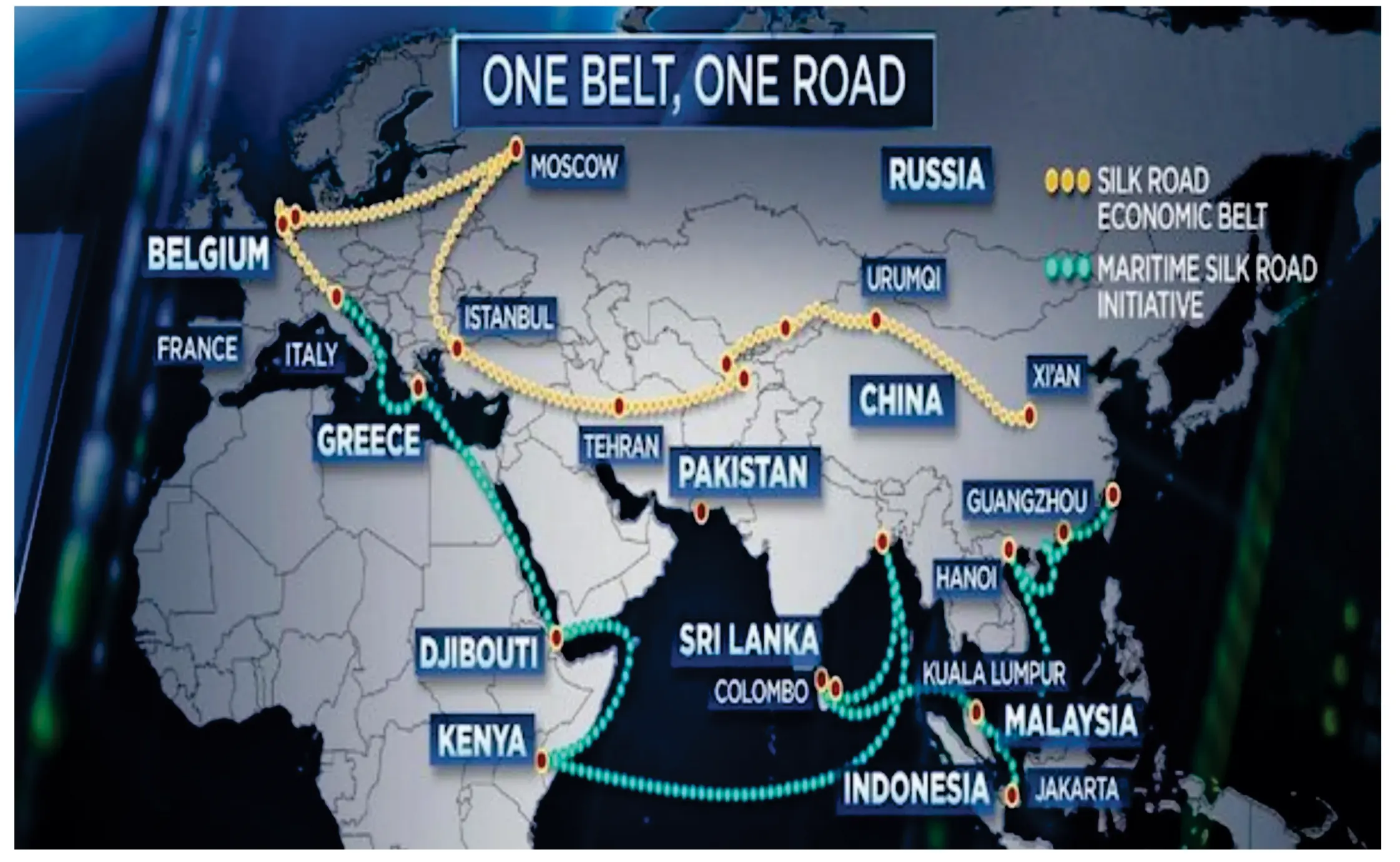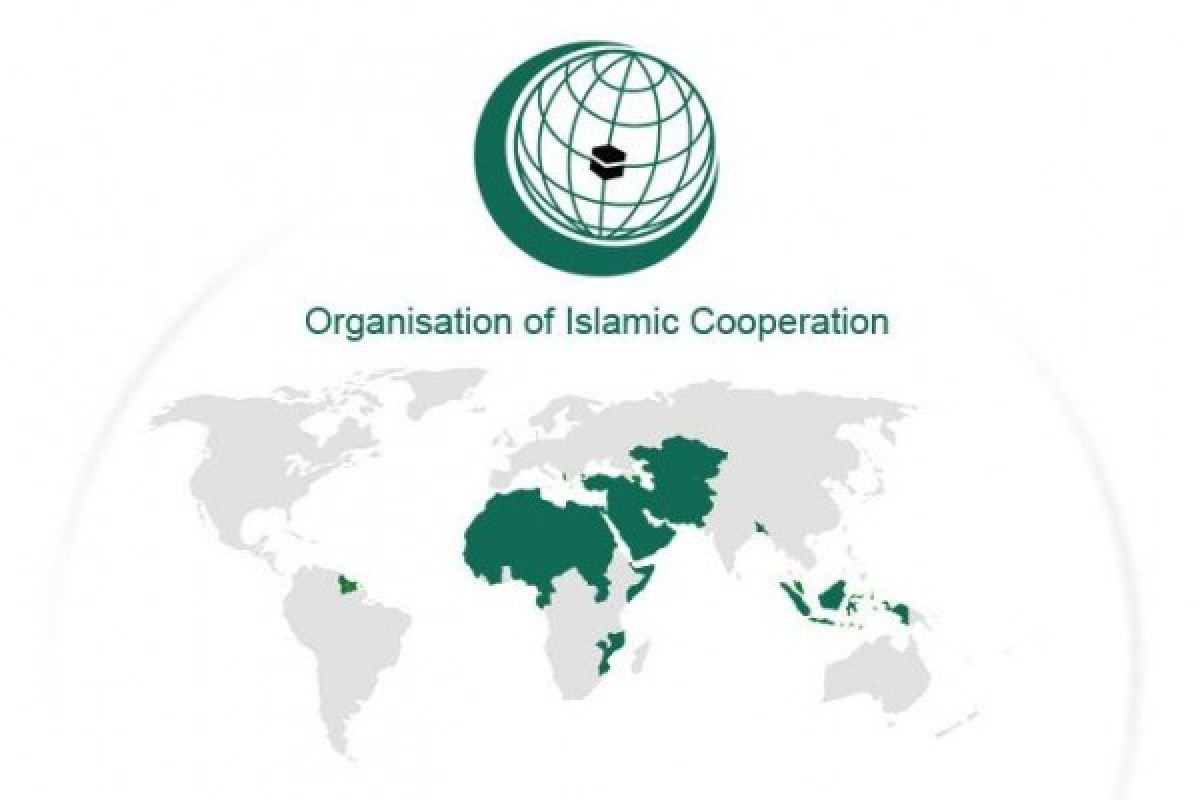
The South China Sea (SCS), a vast expanse of water spanning 3.5 million square kilometers, is a crossroads of geopolitical tensions and economic opportunity. This strategically vital waterway connects the Indian Ocean to the Pacific Ocean, making it a crucial trade route for billions of dollars worth of goods annually. It is also a treasure trove of natural resources, including vast oil and gas reserves, bountiful fishing grounds, and potential mineral deposits.
However, the SCS is not just a bustling hub of commerce and natural wealth. It is also a region of simmering territorial disputes and escalating tensions, as several countries assert overlapping claims over its islands, reefs, and waters. This complex web of competing claims has ignited a regional arms race, fueled diplomatic clashes, and raised concerns about potential conflict.
This introduction sets the stage for understanding the South China Sea, where geopolitical intrigue, economic ambitions, and historical grievances collide. As we delve deeper into the details of this dynamic region, we will explore the countries involved, the origins of the disputes, and the potential implications for regional stability and global security.
The South China Sea (SCS) is a vital maritime region spanning approximately 3.5 million square kilometers, encompassing islands, reefs, shoals, and a complex network of shipping lanes. Its strategic and economic importance makes it a focal point of territorial disputes and geopolitical tensions.
Geography and Resources:
- Location: Located in Southeast Asia, the SCS connects the Pacific Ocean with the Indian Ocean via the Strait of Malacca, a crucial shipping route.
- Islands, Reefs, and Shoals: Numerous islands, reefs, and shoals dot the SCS, including the Spratly Islands, Paracel Islands, and the Scarborough Shoal.
- Resources: The SCS is rich in natural resources:
- Oil and Gas: Estimated to hold vast reserves of oil and natural gas, with potential for significant energy production.
- Fisheries: A major fishing ground, providing livelihoods for millions in the region and a significant source of protein.
- Mineral Deposits: Potential for other mineral resources, including manganese nodules and rare earth elements.
Causes of Conflicts:
Resource Competition: The SCS is rich in oil, gas, and fisheries, fueling competition for resource exploitation.
Strategic Importance: The SCS is a vital maritime route for global trade, connecting the Pacific Ocean with the Indian Ocean. Control over the SCS grants significant military and economic advantages.
Historical Claims: China’s historical claim based on the “nine-dash line” clashes with the territorial claims of other claimants, creating a complex legal and historical debate.
Nationalism and Political Posturing: Each country involved is driven by nationalist sentiments and seeks to assert its territorial claims to bolster its regional and global power.
Territorial Disputes:
- Nine-Dash Line: China asserts sovereignty over most of the SCS based on a historical claim depicted by the “nine-dash line” on its maps. This claim overlaps with the Exclusive Economic Zones (EEZs) of Vietnam, Malaysia, the Philippines, Brunei, and Taiwan.
- Spratly Islands: Claimed by China, Vietnam, the Philippines, Malaysia, Brunei, and Taiwan, these islands are strategically significant due to their proximity to vital shipping lanes and potential for resource exploitation.
- Paracel Islands: Similarly claimed by China, Vietnam, and Taiwan, these islands are of strategic and economic value due to their proximity to oil and gas reserves.
- Scarborough Shoal: Claimed by China and the Philippines, this submerged reef is a source of tension due to its proximity to fishing grounds and potential for resource exploration.
Global Implications:
Regional Instability: The disputes escalate tensions in the region, leading to military build-up, naval skirmishes, and diplomatic confrontations, potentially escalating into wider conflicts.
Global Trade Disruptions: The SCS is a crucial trade route, carrying billions of dollars worth of goods annually. Any conflict could disrupt trade flows, impacting global economies.
Resource Insecurity: Disputes over resources can hinder development and cooperation, leading to resource scarcity and potential conflict.
Global Power Dynamics: The SCS conflicts influence the global balance of power, with China’s assertive claims challenging the existing regional order and sparking concerns about its growing influence.
Involved Countries
- China:
- Claim: China asserts sovereignty over most of the SCS based on a historical claim depicted by the “nine-dash line” on its maps. This claim encompasses vast areas, overlapping with several other countries’ Exclusive Economic Zones (EEZs).
- Actions: China has been increasingly assertive in the SCS, undertaking massive land reclamation projects, building artificial islands, and deploying military assets in disputed areas. It has also conducted military drills and patrols, escalating tensions with other claimants.
- Motivations: China’s assertive actions are driven by several factors, including:
- Historical Claim: China believes the SCS belongs to it based on historical records and usage.
- Resource Exploitation: The SCS holds significant oil, gas, and fishing resources, which China wants to control.
- Strategic Importance: The SCS is a vital maritime route for China’s trade and a strategic gateway to the Pacific Ocean.
- National Pride and Prestige: Asserting control over the SCS is seen as a sign of China’s growing power and influence.
- Taiwan:
- Claim: Taiwan claims sovereignty over the Spratly and Paracel Islands, overlapping with China’s claims.
- Actions: Taiwan has been strengthening its military capabilities, including its navy, in response to China’s assertiveness. It has also engaged in diplomatic efforts to garner international support for its claims.
- Motivations:
- Historical Claim: Taiwan’s claim stems from its historical control of some islands in the SCS.
- Security Concerns: Taiwan is wary of China’s increasing military presence and its growing assertiveness in the region.
- Independent Identity: Asserting its claim in the SCS is a way for Taiwan to affirm its separate identity from mainland China.
- Vietnam:
- Claim: Vietnam asserts sovereignty over the Paracel and Spratly Islands, claiming historical and legal grounds.
- Actions: Vietnam has engaged in naval standoffs with China in disputed areas, deployed military assets, and protested China’s actions. It has also sought international support for its claims.
- Motivations:
- Historical Claim: Vietnam claims ownership of the islands based on its historical presence and sovereignty.
- Economic Interests: The SCS is vital for Vietnam’s fishing industry and holds potential for oil and gas exploration.
- National Security: Vietnam sees the SCS as crucial for its national security and wants to prevent China from dominating the region.
- The Philippines:
- Claim: The Philippines asserts sovereignty over several islands and reefs in the Spratly archipelago, including those within its EEZ.
- Actions: The Philippines has engaged in diplomatic protests, filed a case against China’s nine-dash line claim in the Permanent Court of Arbitration (which ruled in favor of the Philippines in 2016) and strengthened its military capabilities.
- Motivations:
- Historical Claim: The Philippines claims ownership based on historical presence and international law.
- Economic Interests: The SCS is vital for the Philippines’ fishing industry and holds potential for oil and gas exploration.
- National Security: The Philippines is concerned about China’s growing influence and its potential to disrupt regional stability.
- Malaysia:
- Claim: Malaysia claims sovereignty over several islands and reefs in the Spratly archipelago, including those within its EEZ.
- Actions: Malaysia has engaged in oil and gas exploration in the disputed areas, deployed naval vessels, and protested against China’s activities.
- Motivations:
- Historical Claim: Malaysia claims sovereignty based on its historical presence and international law.
- Economic Interests: The SCS is vital for Malaysia’s oil and gas industry and fishing grounds.
- Regional Stability: Malaysia wants to maintain a stable and peaceful SCS while protecting its national interests.
- Brunei:
- Claim: Brunei asserts ownership of several islands and reefs in the Spratly archipelago.
- Actions: Brunei has been less vocal in its claims compared to other countries, but it has protested against China’s actions in the SCS.
- Motivations:
- Historical Claim: Brunei claims sovereignty based on historical records and international law.
- Economic Interests: The SCS is important for Brunei’s fishing industry and potential for oil and gas exploration.
- Indonesia:
- Claim: While Indonesia doesn’t directly claim territorial rights in the SCS, it is concerned about China’s actions and asserts its sovereignty over its Natuna Islands, which are within its EEZ.
- Actions: Indonesia has protested against China’s presence in its EEZ and has strengthened its military capabilities.
- Motivations:
- Protecting its EEZ: Indonesia is determined to protect its territorial waters and resources.
- Regional Stability: Indonesia is concerned about the escalation of tensions in the SCS and its impact on regional stability.
- United States:
- Claim: The US does not claim territorial rights in the SCS, but it has significant interests in the region.
- Actions: The US conducts “freedom of navigation” operations in the SCS to challenge China’s claims and assert the right of international vessels to transit through the region. It has also increased its military presence in the region.
- Motivations:
- Maintaining Freedom of Navigation: The US aims to ensure freedom of navigation for all vessels in international waters.
- Regional Security: The US is committed to maintaining peace and stability in the SCS.
- Countering China’s Influence: The US sees China’s growing assertiveness as a challenge to its interests and its leadership in the region.
Other Players:
Japan: While not directly involved in territorial claims, Japan is concerned about China’s growing influence in the SCS and has expressed support for freedom of navigation.
Australia: Australia also has a stake in maintaining a stable and secure SCS, given its economic and security interests in the region.
Consequences of the Disputes:
The South China Sea disputes have far-reaching consequences:
- Regional Instability: The disputes have led to increased military spending, naval standoffs, and diplomatic tensions.
- Global Trade Disruptions: The SCS is a vital shipping route for global trade. Any conflict could disrupt trade flows, impacting global economies.
- Resource Insecurity: The disputes over resources can hinder development and cooperation, leading to resource scarcity and potential conflict.
- Global Power Dynamics: China’s assertive claims in the SCS challenge the existing regional order and spark concerns about its growing influence.
Possible Solutions:
Diplomatic Negotiations: Continued dialogue and diplomatic efforts to resolve disputes through peaceful means are crucial.
International Law: Adhering to international law, particularly the UN Convention on the Law of the Sea (UNCLOS), can provide a framework for resolving territorial disputes.
Regional Cooperation: Fostering cooperation on issues of common concern, such as environmental protection and resource management, can create a basis for collaboration and reduce tensions.
International Engagement: Involving other regional and global powers in mediating disputes can help maintain stability and promote a peaceful resolution.
Conclusion:
The South China Sea is a complex geopolitical arena with multiple players vying for control over its resources and strategic importance. The disputes are driven by a confluence of historical claims, economic interests, national pride, and regional security concerns. Resolving these issues peacefully and sustainably requires a commitment to international law, dialogue, and cooperation among the countries involved.




